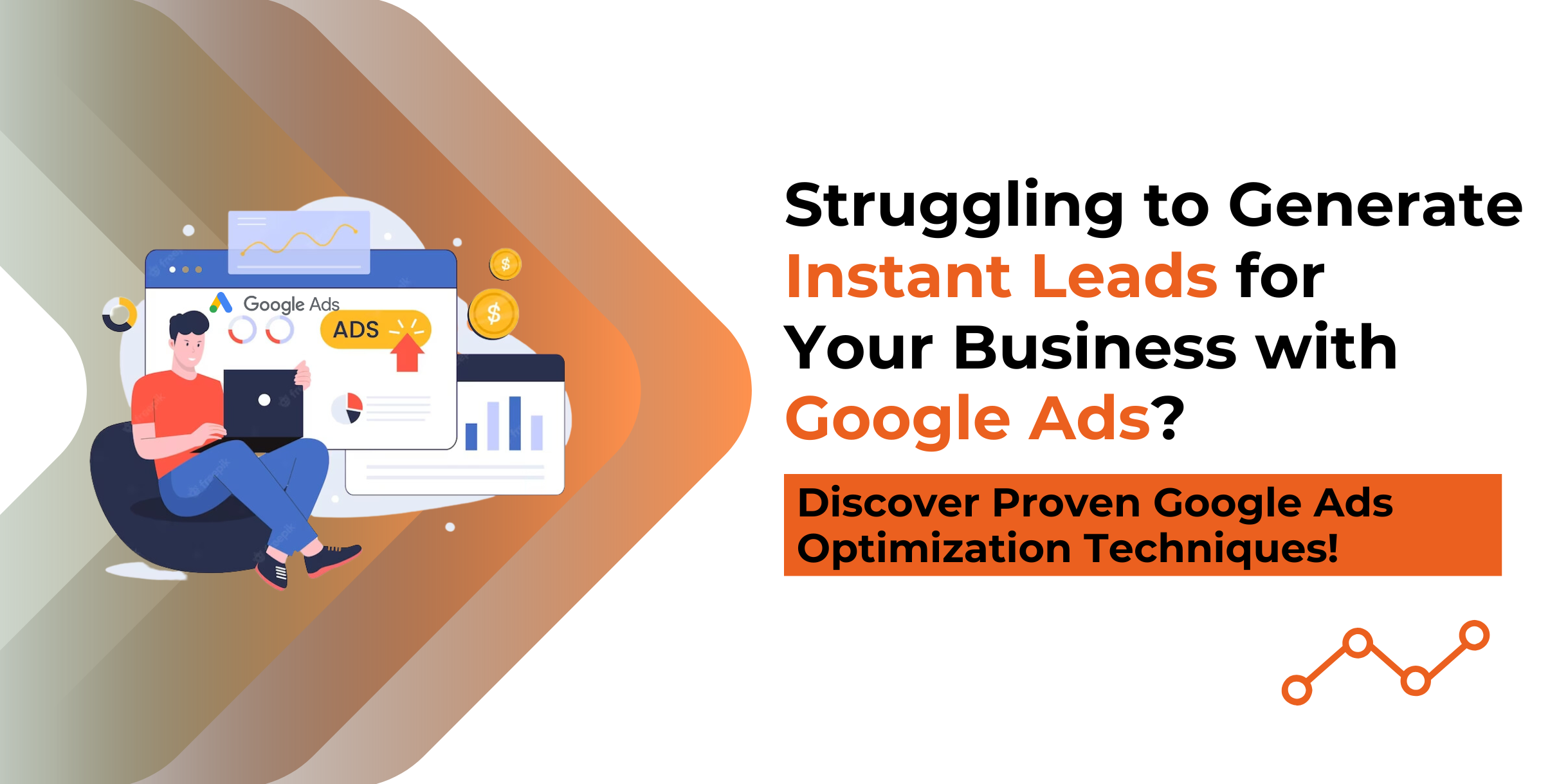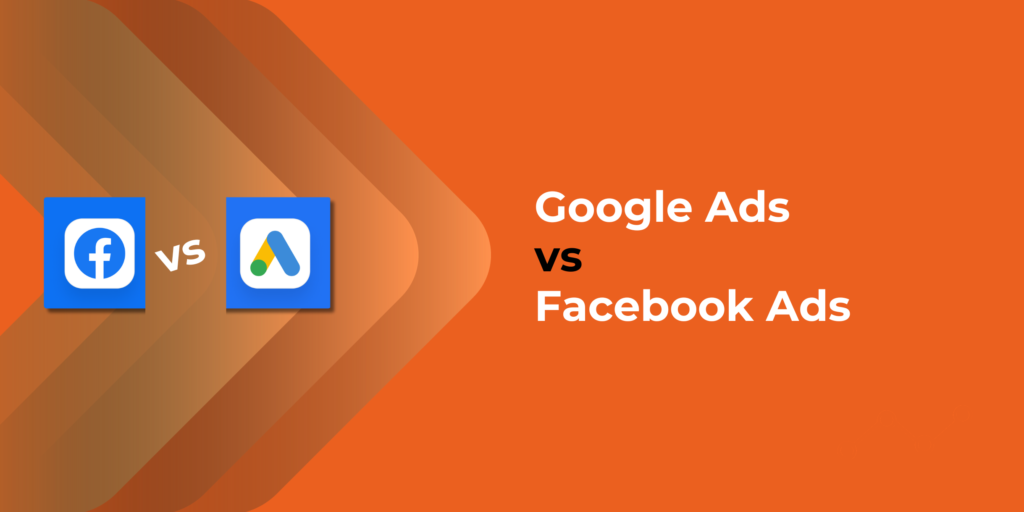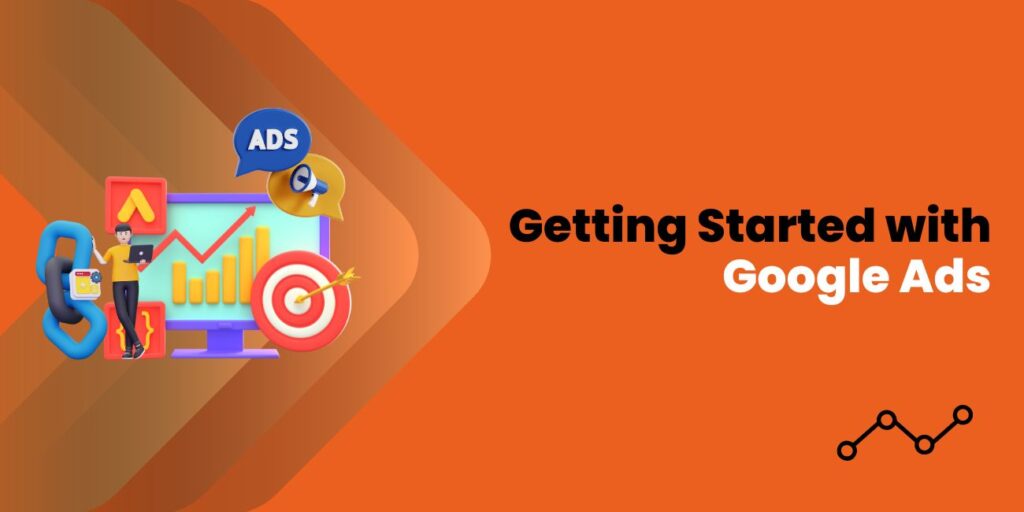Imagine Google Ads as a digital adventure land for small business owners, where they use its power to connect with customers and grow. But winning here isn’t easy. It’s like a tough journey with challenges. Don’t worry, we’re your guides, sharing strategies to help you succeed. Get ready to conquer lead generation challenges and win with Google Ads!
Understanding the Landscape: Google Ads and Instant Lead Generation
Google Ads, formerly known as Google AdWords, is Google’s advertising platform that allows businesses to display their ads on the search engine results pages (SERPs), websites, and other online platforms. It operates on a pay-per-click (PPC) model, where advertisers bid on keywords relevant to their products or services. When a user searches for those keywords, the ads are displayed, ideally driving potential customers to click through to the business’s website.
For small businesses aiming to generate instant leads, Google Ads presents a promising avenue. Unlike organic search efforts, which can take time to gain traction, Google Ads offers immediate visibility. However, the competition is fierce, and without a well-structured and optimized campaign, your ad might get lost in the digital noise.
Proven Optimization Techniques for Instant Lead Generation
- Comprehensive Keyword Research: Effective keyword research is the cornerstone of a successful Google Ads campaign. Start by pinpointing the relevant keywords that potential customers are likely to use when searching for your offerings. Utilize Google’s Keyword Planner tool to discover high-volume keywords with manageable competition. Long-tail keywords can often yield better results for smaller businesses, as they target more specific and intent-driven queries.
- Craft Compelling Ad Copy: Your ad copy is your first impression on potential customers. Craft compelling and concise ad copy that highlights the unique value proposition of your business. Incorporate relevant keywords and include a strong call-to-action (CTA) that encourages users to take action. A well-designed ad can significantly improve click-through rates and drive quality traffic to your website.
- Targeted Landing Pages: A common mistake is directing all ad traffic to your homepage. Instead, create dedicated landing pages that align with the ad’s message and provide visitors with a clear path to conversion. Ensure that the landing page is optimized for mobile devices, loads quickly, and provides valuable information that encourages users to engage further.
- Utilize Ad Extensions: Leverage ad extensions to provide additional information and enhance your ad’s visibility. Site link extensions, callout extensions, and structured snippets can help convey more details about your products, services, and promotions. Utilizing these extensions not only improves ad relevance but also increases the chances of clicks and conversions.
- A/B Testing for Continuous Improvement: Continuously test different elements of your ads, such as headlines, ad copy, and CTAs, to identify what resonates best with your target audience. A/B testing allows you to make data-driven decisions and refine your ads over time for improved performance.
- Geo-Targeting and Schedule Optimization: For small businesses operating in specific geographical areas, geo-targeting can be a game-changer. Tailor your ads to appear only to users in your desired locations. Additionally, analyze when your target audience is most active and schedule your ads accordingly for optimal visibility.
- Negative Keywords to Refine Targeting: Negative keywords are keywords that you don’t want your ads to show for. By including negative keywords, you can filter out irrelevant searches and ensure that your ads are shown to users genuinely interested in your offerings. This can improve your click-through rate (CTR) and conversion rate.
- Monitor and Optimize Budget: Google Ads allows you to set a daily budget for your campaigns. Monitor the performance of your ads and adjust your budget allocation based on which keywords, ads, and campaigns are delivering the best results. This flexibility ensures that you’re maximizing your return on investment (ROI).
- Quality Score Management: Google assigns a Quality Score to each keyword in your campaign, which impacts your ad’s position and cost per click (CPC). Factors like expected click-through rate, ad relevance, and landing page experience contribute to this score. Improving your Quality Score can lead to better ad placement at a lower cost.
- Conversion Tracking and Analytics: Implement conversion tracking to measure the success of your campaigns. Set up goals and track user actions, such as form submissions, purchases, or calls. Google Analytics provides valuable insights into user behavior, helping you refine your strategies based on real data.
Unlocking Instant Leads for Your Small Business
Generating instant leads through Google Ads is a strategic endeavor that requires a deep understanding of your target audience, effective keyword research, persuasive ad copy, and optimized landing pages. You can approach Digital Marketing Agencies in Chennai like SME Digital who can help you to create and hand hold the campaigns with the proven techniques outlined in this blog.



